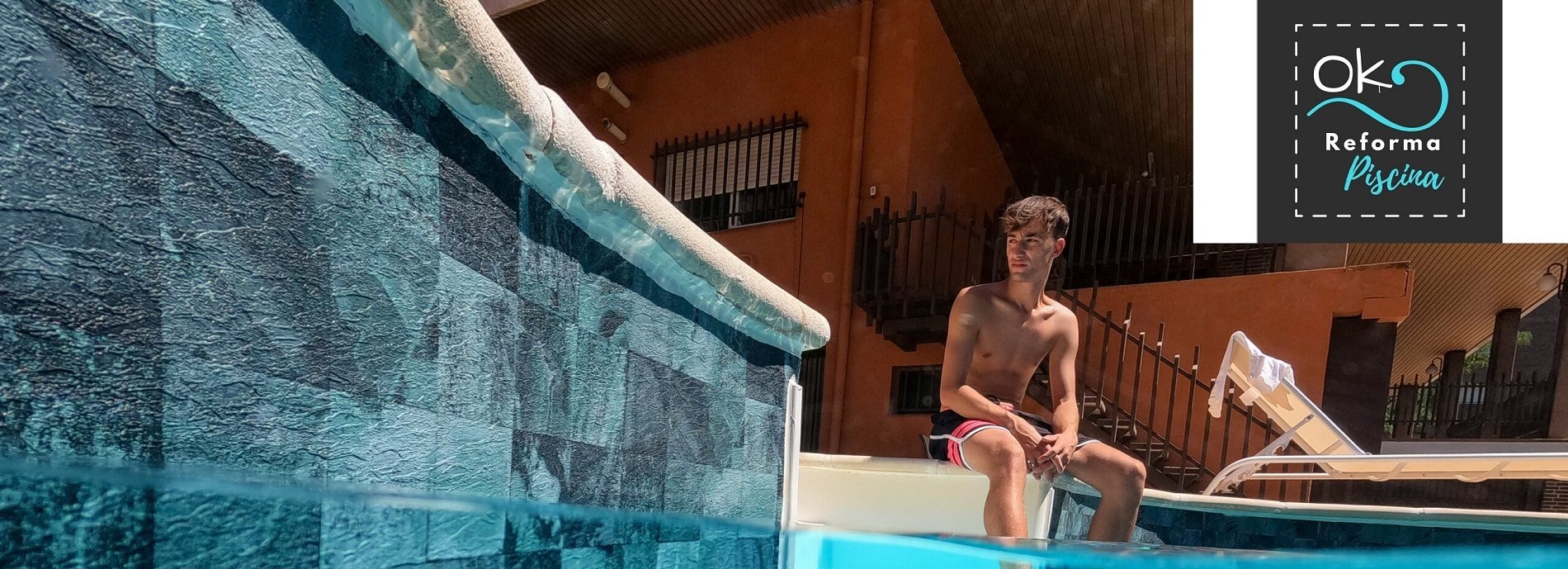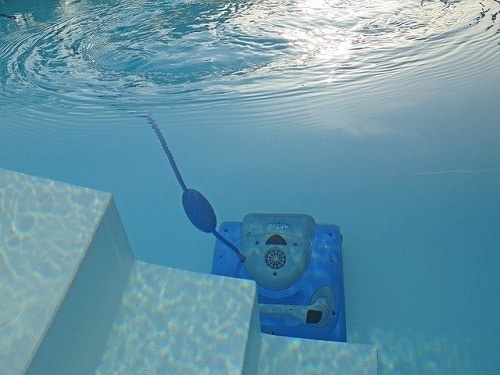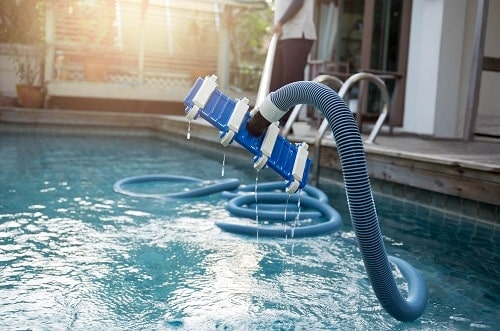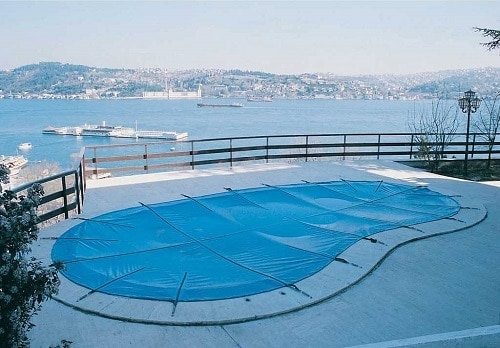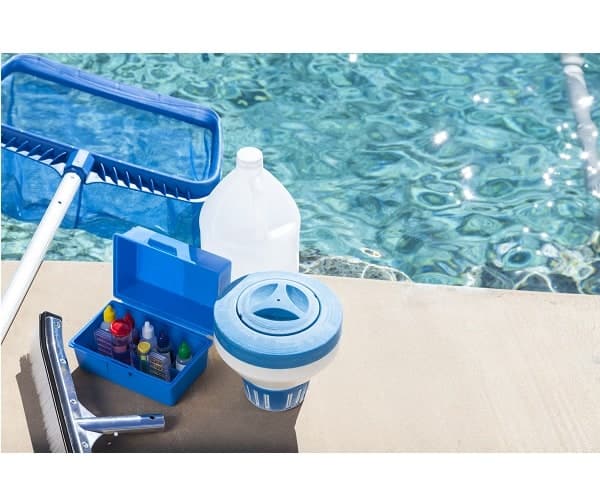
Table of contents of the page
First of all, in Ok Pool Reform We have made a guide on Setup for good pool cleaning and maintenance.
How to clean swimming pools
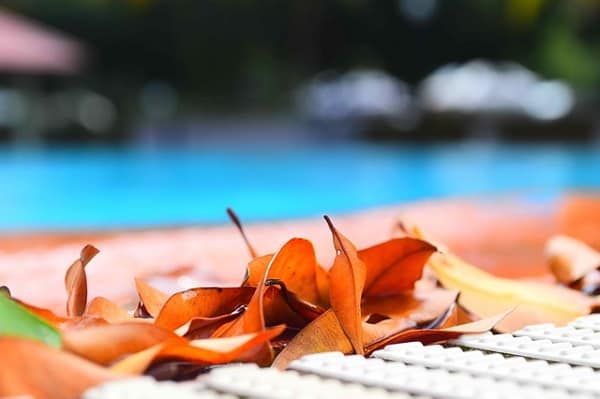
Swimming pool cleaning for maintenance
First of all, in order to follow the steps of cleaning for private pool which we indicate below, It is essential that at all times, at least in the pool, you can see the bottom, since in this entry we discuss maintenance cleaning.
In short, pool cleaning ensures the proper functioning of all systems to ensure that the pool water is crystal clear and properly purified.
In this way, with the pool clean we will ensure that we have the best way to have fun when it is hot on days of splendid sunshine, a good dip in the pool! the best sunny days.
How to clean a pool: treatments and processes
The cleaning of pools It is not always easy to do and maintain during the months of summer,
but it is an extra job that must be done if we want to enjoy it on the hot days of summer.
Normally, automatic pool maintenance is already incorporated and these are equipped with filtration systems. water that remove dirt, dead plants, flowers, insects, etc., automatically.
Then Detailed pool cleaning guide for maintenanceWe reiterate that if you cannot see the bottom of the pool, another type of more aggressive cleaning must be done.
When to clean the pool

The frequency of cleaning will depend directly on the environment, the climate of the pool, the temperature of the water, the use of the pool...
Obviously, this will mean that pool cleaning will have to be scheduled periodically in some way.
Pool cleaning frequency in high season
This cleaning should be done in bathing season twice a week.
Pool cleaning in low season
- En low season, we advise hibernate the pool (close the pool) = 0 maintenance.
Factors that influence the frequency of cleaning a pool

When maintenance and cleaning of swimming pools is carried out, it is It is essential to know what external factors can influence our cleaning work.
1st Determining factor in pool cleaning: temperature
- First of all, a determining factor in the cleaning of swimming pools is the water temperature, when it rises to 25 degrees, the water tends to become cloudy since the PH values are out of adjustment and give way to the appearance of algae.
- Above all, for the removal of green or cloudy water, the water filtration and the proper treatment for green pool water.
- While to hinder all the consequences of heat, constant control and adjustment of both the pH and the disinfectant used in the pool (chlorine, bromine, salt...) is recommended.
- In addition, we also suggest using an anti-algae product.
2nd Determining factor in pool cleaning: rain
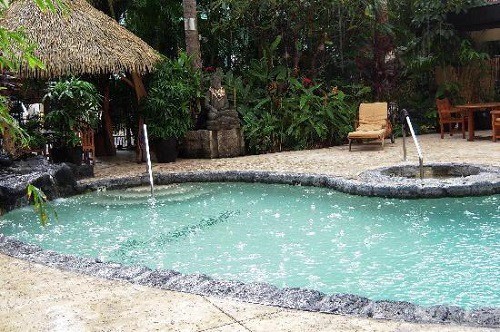
Consequences of storms in swimming pools
- In fact, storms cause the unwanted clouding of water.
- With the intention that climatic agents do not affect the state and treatment of the pool water, a pool cover to end this problem.
Automatic pool cleaning robot

Regarding pool maintenance methods, they are divided into two groups, on the one hand manual methods and on the other automatic methods.
Electric pool cleaners guarantee precise cleaning. Regardless of the shape and size of the pool, they access all the nooks and crannies, climb the walls and clean the water line.
Advantages of automatic pool cleaners
In addition, this pool cleaning process is not only faster, but is much more efficient than using a classic manual cleaner.
First of all, then you will show why The investment of the pool cleaner is minimal if you contrast it with its advantages.
Pool cleaning robot virtues
- In general, the pool cleaning robots that we offer are equipped with an intelligent navigation system, so this technology manages to sweep away dirt, allowing more surface to be cleaned in less time.
- Pool cleaners are effective in all types of pools.
- For this reason, we get time and energy savings for maximum cleaning results.
- Jointly, alluding to the fact that they are endowed with a highly adherent PVA wheel system.
- In addition, the pool robot becomes the perfect complement for variable speed (energy efficient) pumps.
- Moreover, have built-in filtration: the filter cartridges allow to capture particles up to 20 microns and are very simple to clean (easy maintenance).
- They also get an authentic savings in pool water.
- And, among other virtues, we will reduce energy consumption.
- Finally, if you want, you can consult the entry we have about the automatic pool cleaners.
WE RECOMMEND Zodiac TornaX™ RT pool cleaner 3200
Zodiac Tornaz RT 3200 pool cleaner
Pool floor and wall cleaner
- 2 year warranty
- Intelligent navigation system to clean all areas of the pool.
- Suitable for all types of pools (any shape, coating, etc.)
- PVA wheel system with great grip.
- They have built-in filtration
- Very simple to clean (easy maintenance).
- Saving time, we will reduce energy consumption and extend the useful life of the pool water.
Operation of automatic pool cleaning with Zodiac Tornax RT 3200
Buy Zodiac TornaX™ RT pool cleaner 3200
What will you need to do a manual pool bottom cleaning?
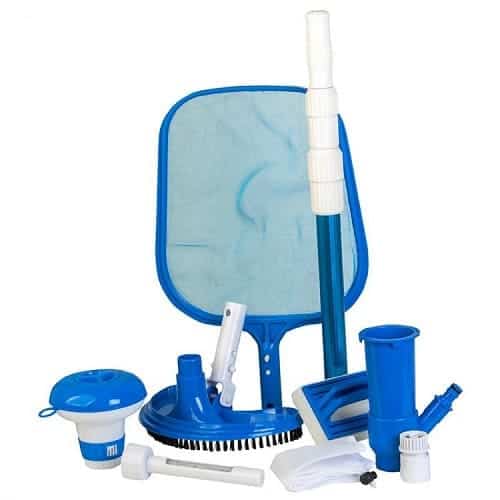
Essential pool cleaning kit
Products necessary for cleaning pools manual
This essential pool cleaning kit is made up of:

1- To begin, we require a mesh with a net or otherwise background leaf collector.

2- Secondly, from a brush tool to help scrub the walls and interior stairs of the pool (if they exist) and thus drag the dirt to the bottom.

3- On the other hand, we require a telescopic handle.

4- Later, in the aforementioned handle we will connect the background vacuum cleaner
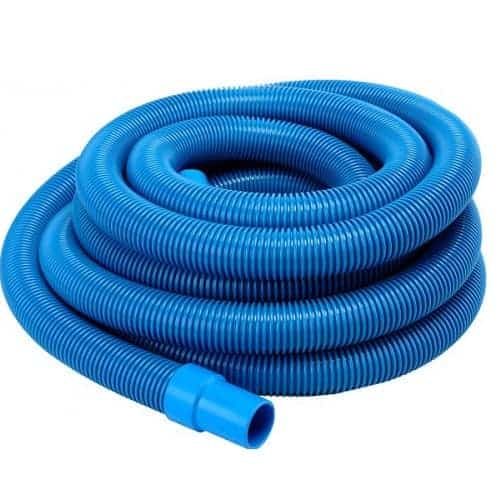
5- Finally, we will need a self floating hose to fit into the suction nozzle of the pool to use the flow of water and accumulate debris at the bottom of the pool.
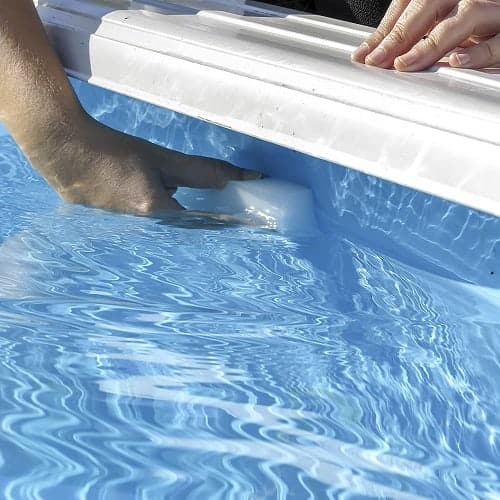
6- Clean waterlinewith a sponge and a specific pool soap.
How to clean pool bottom manually
Next, we leave you the link so you can find out more on our specific page Clean pool bottom manually
Mainly, in the aforementioned link you will be able to learn how to clean and maintain the bottom of your pool manually.
How to use the manual pool cleaner
Procedures for cleaning a pool

List with procedures to clean a pool
Now, as long as you have a concrete idea of the points, we list the list of procedures for cleaning a pool and then we detail them and tell you explicitly.
- Use the right water
- Evaluate the pH of the pool water
- Maintain disinfection levels
- What to do according to the pool water disinfection treatment
- Adequate level of cyanuric acid (chloramines)
- Proper level of alkalinity in the pool
- Ensures proper pool water temperature
- Ensure water recirculation
- Cleaning products suitable for our pool
- Pool cleaning routine
- Avoid water pollution
- Avoid contact with materials harmful to the pool
- Hibernate pool
1st procedure to clean pool
Use the right water
- At first Drinking water is suitable for the pool, except for areas with high concentrations of lime.
- In cases of drinking water with high concentrations of lime, you can add a product that neutralizes this excess or choose to hire water tanks.
- On the other hand, If you want to fill the pool with water from a well: You must make sure that it does not contain heavy metals, which are harmful to the health of the pool water and not very good for the pool users themselves.
Entry related to pool lime: How to avoid lime in the pool, pool water hardness.
2nd procedure to clean pool
Evaluate the pH of the pool water
- First of all, it is necessary to carry out a thorough evaluation of the pH of the water.
- Although, the appropriate levels would be between 7.0 and 7.6. The ideal pH of pool water is: 7,2.
- In conclusion, this point is one of the most important in pool maintenance, since if the appropriate pH values are not maintained in the pool water, the disinfectant will not have any effect and the pool coatings will not be effective. They can be affected with apparent wear.
We recommend that you consult our blogs about how to increase pool pH y how to lower the pH of pool water.
Consequences when the pool's pH is low (less than 7.0):
- Simply put, metals in contact with water oxidize, which causes stains on the pool liner.
- Thus, the coating ages more quickly.
- And therefore, some wrinkles may appear on the surface of the assembled sheet.
- In short, if you are interested, consult the page pool liner maintenance ycHow to increase pool pH.
In contrast, consequences with the high pH of the pool (higher than 7.6):
- On the other hand, with high pH chlorine decomposes much faster.
- Meanwhile the effectiveness of the disinfectant decreases considerably.
- Then, we will observe the appearance of lime deposits on the surface of the reinforced pool liner: if you want, you can consult the page on how to deal with pool lime: softener swimming pool.
3st procedure to clean pool
Maintain disinfection levels
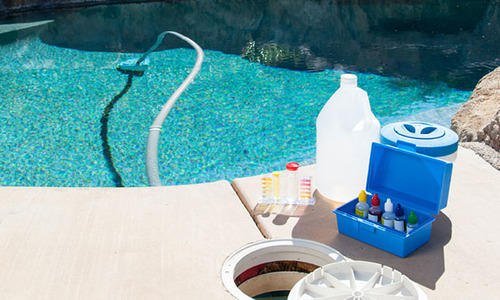
Tips for disinfecting the pool
- Another important point in cleaning swimming pools is Maintain the correct level of disinfection in the pool.
- Likewise, you should know that depending on coating you have in the pool, there are disinfection products that may not be compatible.
- In the case of liner pools, you should avoid systems based on copper or silver ionization. And, if these metals are present, you must use a sequestrant to remove them without damaging the PVC sheet: find out more on the Pool liner maintenance.
- Likewise, at the Reminder level: When we deposit a chemical product in the water, we must filter it during the appropriate hours according to the m3 of existing water.
- Likewise, it is also HIGHLY Recommended for disinfecting the pool: It is highly recommended to apply algaecide once a week.
- Finally, it is also very useful to add a clarifying tablet to the pool water every two weeks.
Entry related to pool water disinfection levels: pool water treatment y Pool treatment with saline chlorinator.
Ideal values in disinfecting pool water
- pH: 7,2-7,6. (related posts: how to increase pool pH y how to lower pool).
- Total chlorine value: 1,5ppm.
- Free chlorine value: 1,0-2,0ppm
- Residual or combined chlorine: 0-0,2ppm
- Ideal pool ORP value (pool redox): 650mv -750mv.
- Cyanuric acid: 0-75ppm
- Pool water hardness: 150-250ppm
- Alkalinity of pool water 125-150ppm
- Pool turbidity (-1.0),
- Pool phosphates (-100 ppb)
Chlorine disinfection levels
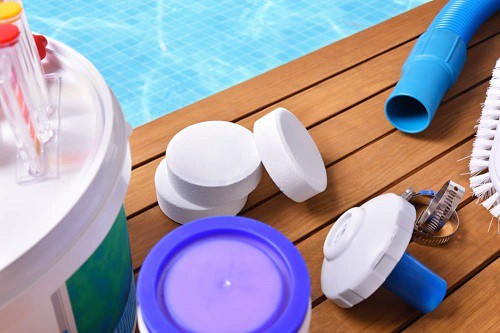
What to do if you use a chlorine disinfection system
- On the other hand, if you use a disinfection system with chlorine, you should know that if the chlorine values are not correct, they can also cause aging of the pool or neutralize the effect of disinfection products, among others.
- Use special non-abrasive chemical products for swimming pools, avoiding industrial or domestic ones.
- It is essential to have Chlorine levels between 1 and 3 ppm (mg/l) in the case of stabilized chlorine.
- In the case of liquid chlorine or produced by saline electrolysis, the values should range between 0.3 and 1.5 ppm.
If the free chlorine concentration is too low:
- First, mention that if the disinfection is not done correctly.
- Water quality deteriorates.
- It promotes the formation of biofilm on the reinforced sheet, which can cause stains on your pool liner.
If the free chlorine concentration is too high:
- Due to the high free chlorine concentration, wrinkles form on the surface of the reinforced sheet.
- The pool liner suffers a loss of color.
- In the same way, pool liner ages much faster.
What to do according to the pool water disinfection treatment

Find out what it is and how to use bromine water disinfection in swimming pools.
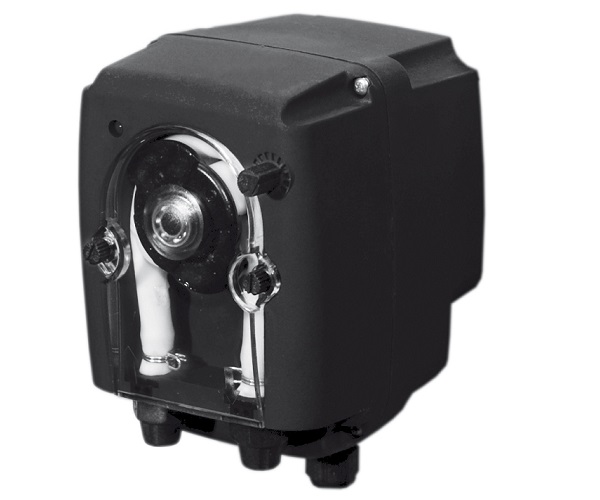
Peristaltic dosing pump: Control and automatic dosing of chemical products in swimming pools
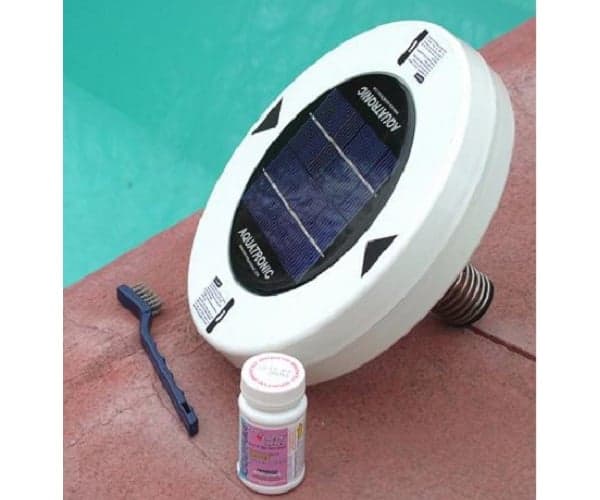
We break down all the details of the solar pool ionizer

Cartridge flocculant for pools with saline chlorinator: remove turbidity in pool water
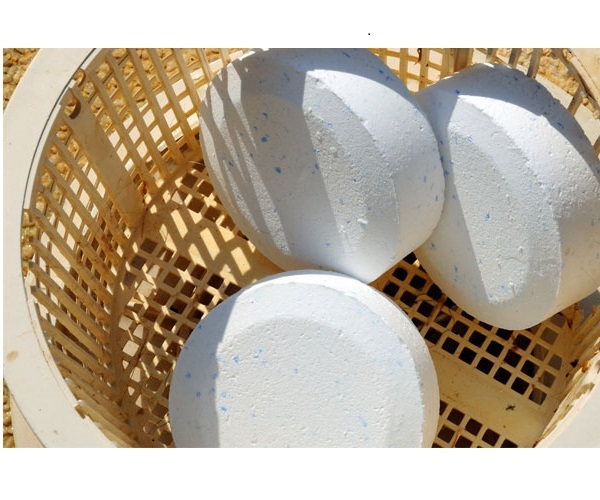
Formula and effects of sodium hypochlorite: chlorine gas in swimming pool water treatment
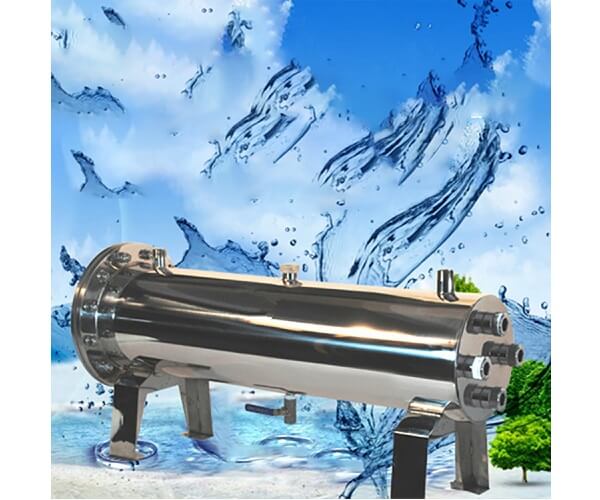
Ultraviolet lamp for disinfection of pool water
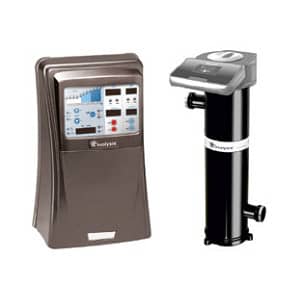
Neolysis pool
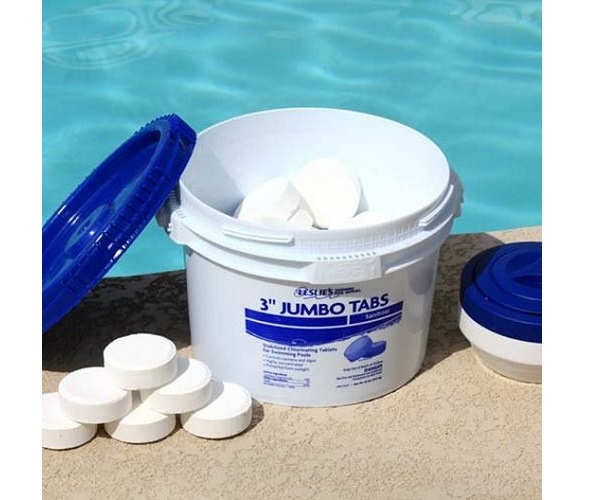
Pool chlorine level: how much chlorine does a pool need?

ORP pool: REDOX potential in pool water
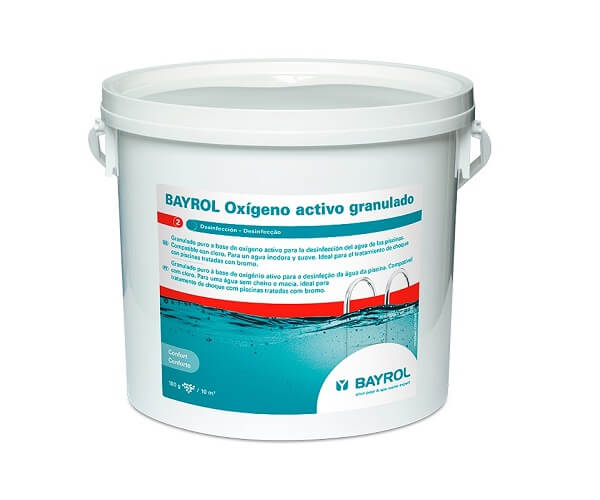
Active oxygen for swimming pools: water disinfection without chlorine

What is a natural or sustainable pool

What type of chlorine to use for swimming pools: which chlorine is better?
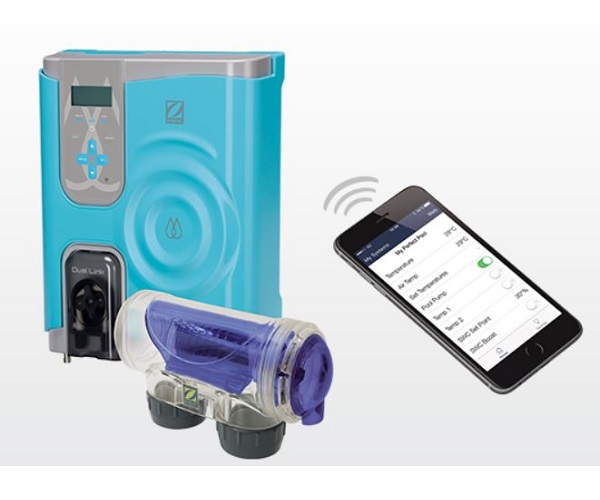
Pool water treatment system with magnesium salt
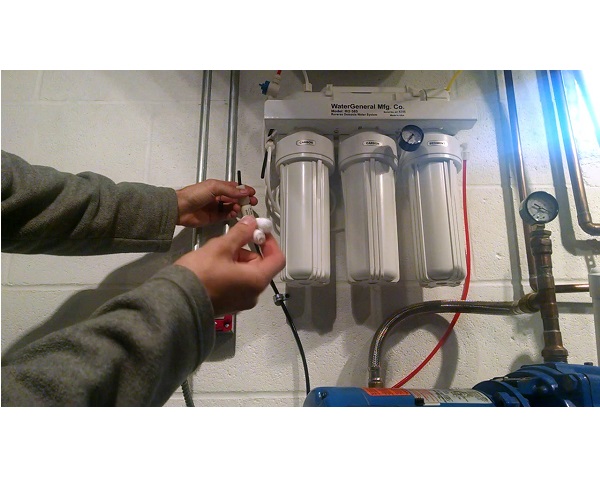
How often should you change the reverse osmosis membrane?

What is the name of blue powder for swimming pools?: Copper sulfate for swimming pools
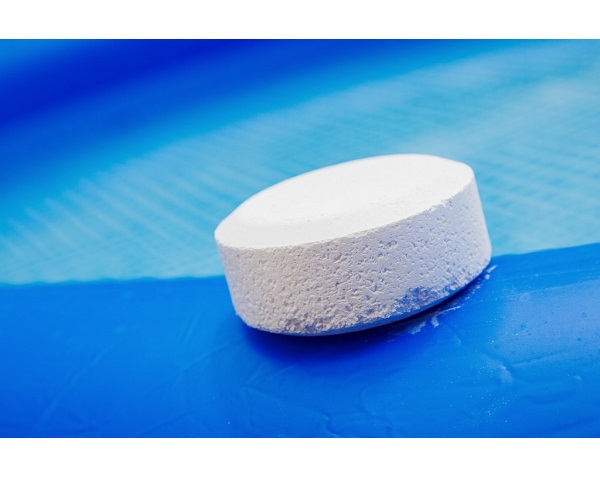
What is the best chlorine for removable pools?
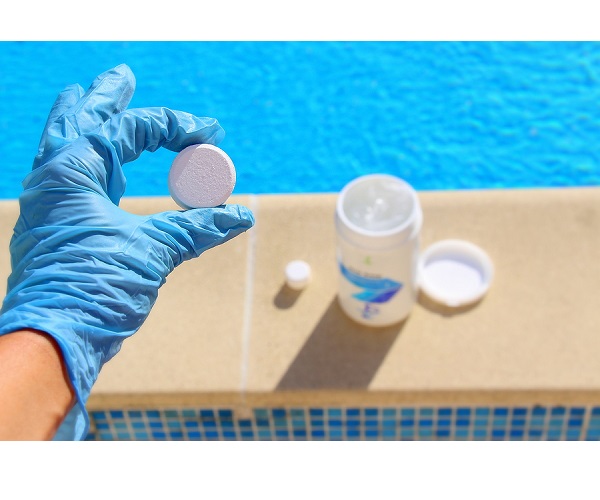
What is the level of the different values of chlorine in swimming pools?
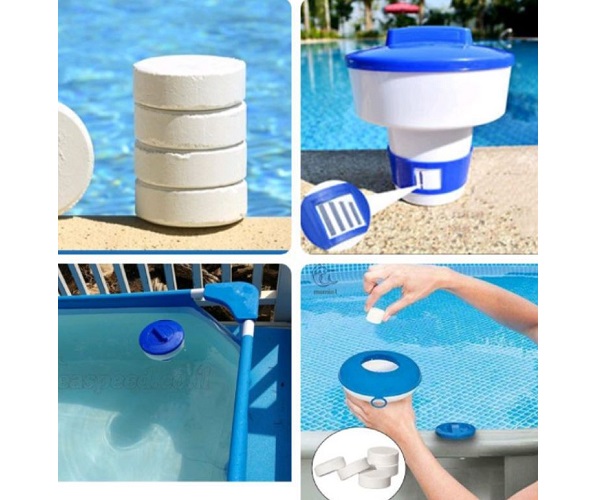
What are the best chlorine tablets for swimming pools?
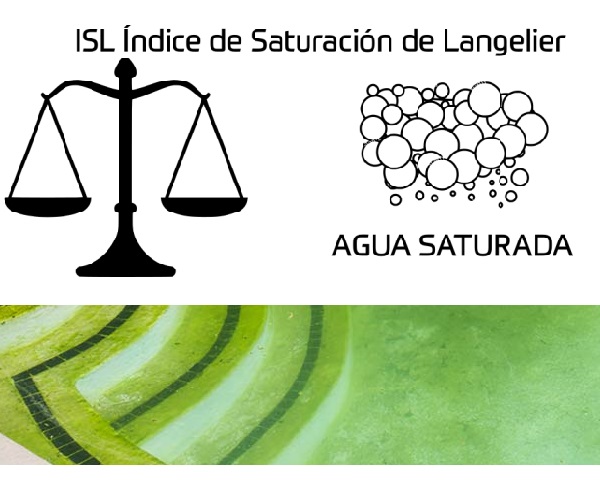
What is the saturation index of pool water?
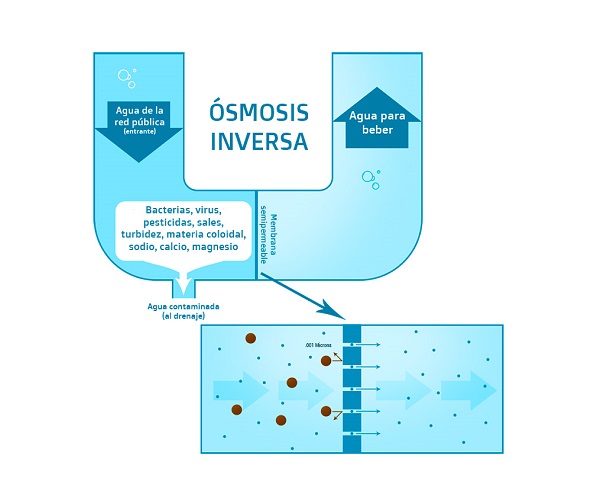
What is reverse osmosis water treatment and what are its applications?
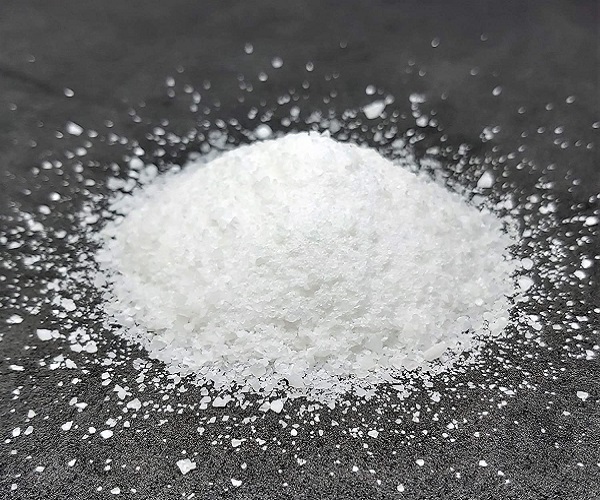
What does aluminum sulfate do in swimming pools?
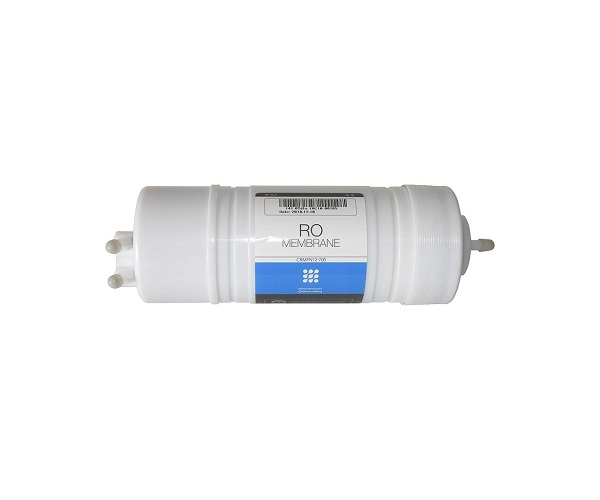
What reverse osmosis membranes should I buy?
4th procedure to clean pool
Adequate level of cyanuric acid (chloramines)
- Check the cyanuric acid level approximately once every two weeks.
- acid level cyanuric (chloramines) nor should exceed the parameter: 30 – 50 ppm.
- Below 30 ppm, the chlorine will be consumed quickly and will not perform its disinfectant function.
- In the case of high cyanuric acid levels, when they exceed 100 – 150ppm.They increase the toxicity of the water, and block the disinfection capacity of chlorine and can also be harmful to health: itchy skin and eyes and a strong smell of chlorine.
Related entry: What is cyanuric acid in swimming pools?
5th procedure to clean pool
Proper level of alkalinity in the pool
- Check the alkalinity level of the pool approximately once every two weeks.
- The alkalinity of the pool water acts as regulatory effect of pH changes, so if you do not have the appropriate values you will not be able to have well-disinfected and transparent water.
- alkalinity recommended is between 80-120 ppm.
Related entry: how to measure pool alkalinity
6th procedure to clean pool
Ensures proper pool water temperature
- The temperature of the water or heat buildup in the air and in the water, it is a key aspect for the maintenance of the pool coating.
- In the case of a closed pool, the air can reach more than 60˚C and the water more than 40˚C, the consequence of which will be irreparable damage.
- The water temperature should not exceed 32ºC, and less in the case of having an armed liner!! Otherwise, wrinkles or discoloration may appear on the coating.
– If the water temperature is too high:
- The effectiveness of the disinfectant (chlorine or other) decreases considerably.
- A higher concentration of chlorine is needed, which increases the risk of discoloration of the reinforced pool liner.
- There is a risk of wrinkles and blisters appearing on the surface of the reinforced pool sheet.
7th procedure to clean pool
Ensure water recirculation

- It is important to ensure water circulation, since without water movement, stagnation occurs.
- Therefore, the concentration of the chemicals present skyrockets and can reach very high concentration levels.
- Or also a significant increase in heat in some area and cause irreversible degradation in the water or in the conditions of the pool lining.
8th procedure to clean pool
Cleaning products suitable for our pool
What cleaning products to use in the pool
- Use nonabrasive cleaning products designed especially for swimming pools.
- Do not use industrial or domestic cleaning products (e.g. washing powder or degreaser) as they are not approved for pool cleaning and can damage our pool liner.
- Previously, make sure you have the pool cleaning utensils in good condition, for example, that the brush is free of dust).
- In the case of cleaning the pool liner It should be carried out only with soft sponges, soft cloths and soft brushes. Never use elements that can damage the surface of the reinforced sheet, such as metal brushes or pressure water cleaning machinery.
9 procedure to clean pool
Pool cleaning routine
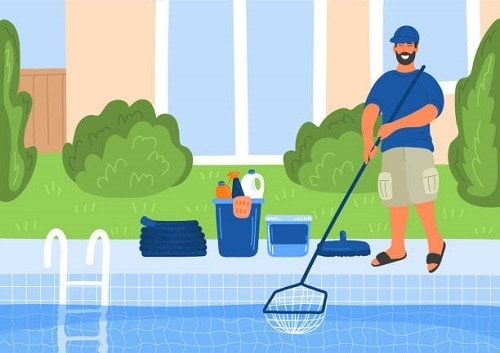
Routine steps to clean the pool
 Clean skimmer basket.
Clean skimmer basket.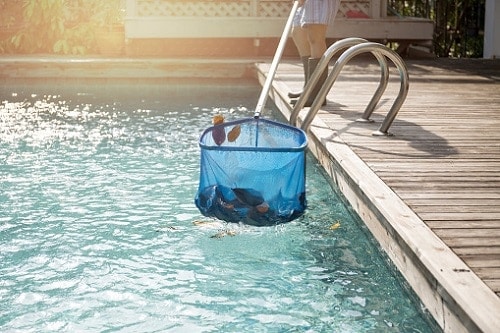 Collect waste, leaves, etc. from the water surface with the leaf collector (telescopic tube with net).
Collect waste, leaves, etc. from the water surface with the leaf collector (telescopic tube with net). Clean the waterline with a brush and pool-specific soap. That is, to protect the coating, use sponges and soft brushes.
Clean the waterline with a brush and pool-specific soap. That is, to protect the coating, use sponges and soft brushes.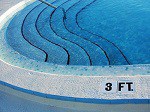 Brush the stairs.
Brush the stairs.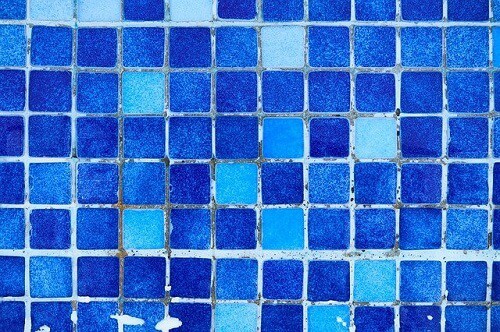 Clean the pool liner: if you have pool tile, you will have to clean and grout the walls from time to time (however, with the pool liner you will not have this problem since there are no joints).
Clean the pool liner: if you have pool tile, you will have to clean and grout the walls from time to time (however, with the pool liner you will not have this problem since there are no joints).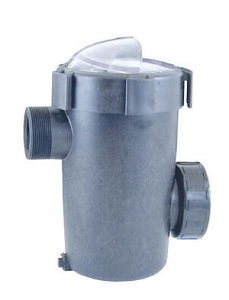 Clean pump prefilter.
Clean pump prefilter.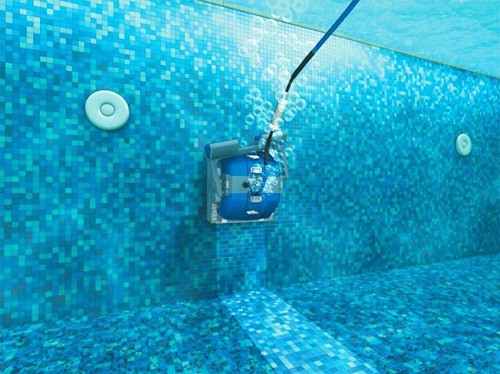 Vacuum the bottom of the pool: either with a manual vacuum cleaner or with an automatic pool cleaner
Vacuum the bottom of the pool: either with a manual vacuum cleaner or with an automatic pool cleaner  Clean pool coping stone.
Clean pool coping stone.
10 procedure to clean pool
Avoid water pollution
Avoid saturating the pool with cyanuric acid
- In view of the usual regulations of many swimming pools, which require bathers to shower before bathing, this is a key aspect for maintenance.
- That is, another way to protect water contamination is to clean the waterline of the pool and the edges of the pool.
- NOTE: Sun creams, oils and cosmetics may contain substances that combine with metal ions present in the water (e.g. iron and copper) and are intensified by the action of the sun, staining the pool coating and stressing the pool liner. PVC, at the height of the waterline.
- To finish, we leave you a page where we cover this topic very deeply. consequences saturated water: cyanuric acid in swimming pools.
11 procedure to clean pool
Avoid contact with materials harmful to the pool
- There are certain materials which are especially harmful to the pool liner.
- Especially for reinforced PVC sheets, such as: polystyrene, bitumen, tar, industrial oils and greases, paints or rubber.
12 procedure to clean pool
Hibernate pool
Recommendation: pool hibernation
Likewise, in winter, it is highly recommended to hibernate the pool in order to keep the pool in its best condition.
- Lower the water level below the skimmers.
- Tightly close the suction and return nozzles, drains and other intakes.
- Bleed all the pipes of the hydraulic circuit as well as the filter.
- Place floats in the water to absorb the increase in pressure caused by the ice.
- Since the filtration system is stopped and the water level has dropped, it is essential to cover the pool with a cover with UVA protection.
Wintering the pool means protecting the reinforced pool sheet against:
- The pollution present in the air.
- The action of UVA rays.
With the indoor pool, it is important:
- Control the water temperature: must be below 32˚C.
- Control the concentration of chlorine in the water: de 1 to 3 ppm (mg/l) for stabilized chlorine and 0.3 to 1.5 ppm for unstabilized chlorine.
- Do not leave the water without recirculation for more than one hour to avoid stagnant water with heat or chemical buildup in certain areas (particularly around skimmers, sump, corners, etc.)
Entry related to pool hibernation:
Video tutorial how to clean a pool
Video how to clean a pool
Next, in the video you can see what you learned about how to clean a pool and maintain pools with chlorine.
Topics are covered, such as: How to treat a pool with green water, cloudy water or whitish water, and all products for maintenance and cleaning in general.
